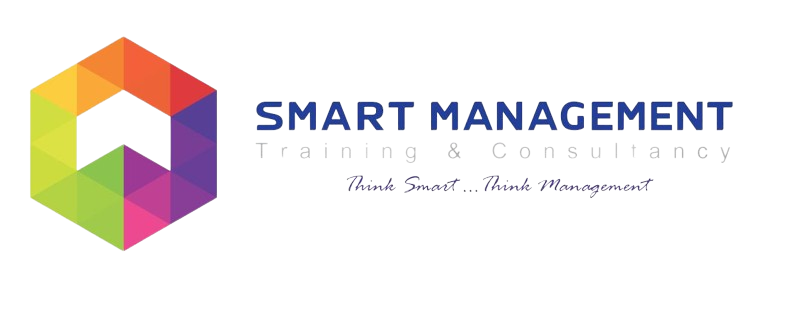
Lean Six Sigma Certification
WHO SHOULD ATTEND?
The Six Sigma Training course is appropriate for all levels within an organization.
LEARNING OUTCOMES
By the end of this programme, the participants will be able to:
- Have a complete understanding of Six Sigma
- To improve processes for enhanced product quality
- Understand the tactical and strategic aspects of Lean Six Sigma
- Understand the process of capability
- Define, Measure, Analyse, Improve and Control (DMAIC) processes
- Understand the process of discovery
- Know the accurate system of predicting outcomes, measurable and quantifiable
- Clearly understand goals
- Improve processes drastically by highly effective methodology
- Know the Methods to minimise variability in processes
- Have Capability to maximise production by fully utilising the potential of processes
- To reduce waste through the identification and removal of present and potential errors
- Control over defects for their effective prevention
- Acquire means to build strong managers and leaders
- Have a highly effective quality management system
- Conduct smoother, faster and error-free processes
COURSE OVERVIEW & CONTENT
Achieving your Certification in Lean Six Sigma demonstrates ascertain command of Six Sigma and Lean processes and principles.
The Lean Six Sigma certification preparation and training course will empower you to contribute to any continuous improvement initiative.
During the course you will learn both techniques and strategies and how to put them into practice using a range of activities and case studies.
The tools you master will prepare you for the exam, and empower you to support continuous improvement projects in your workplace. Lean Six Sigma is the most highly regarded and Management System ever developed.
The training course provides comprehensive training and exam preparation to achieve Yellow Belt Certification with the International Association of Six Sigma Certification. No prior knowledge of Lean Six Sigma is necessary to participate in this course.
- Six Sigma Overview
- Why do we need Six Sigma
- What is the relationship of Lean Six Sigma methodology to a company’s objective achievement / goals
- The Lean Six Sigma process improvement model – DMAIC model
- Project Charter
- Purpose and importance of the project charter.
- How to prepare an accurate project charter – in scope vs out scope box diagram.
- 3 main uses of the project charter.
- What to include in an effective project charter
- Value Stream Mapping
- How to use Value Stream Mapping tool of a given process to analyze the flow of materials and information required to bring a product or service to a customer
- Importance of quantification in a Value Stream Map.
- How to generate customer value within a Value Stream Map.
- Spaghetti Diagram
- An “As-Is” Spaghetti Diagram, adapted from a process flowchart, highlights the number of key steps and spatial relationships of a particular process.
- Purpose of an “As-Is” Spaghetti Diagram.
- How an “As-Is” Spaghetti Diagram is made from a process flowchart / SOPs.
- How to capture the key steps and spatial relationships in a business process.
- Identify and Eliminate “wastes” using a Spaghetti Diagram
- Cause & Effect using Fish Bone Analysis and 5 WHY
- The purpose and importance of Root Cause Analysis.
- The purpose and importance of Fishbone Diagrams.
- The six categories of Fishbone Diagrams.
- How to construct and utilize a Fishbone Diagram for determining the root cause of an issue or problem.
- The techniques for using the 5 Whys method.
- Pareto Analysis
- The purpose and importance of a Pareto Chart
- Prioritization from root cause analysis using a Pareto Chart.
- The scope of the process for which Pareto Analysis can be used.
- How to make a Pareto Chart to prioritize process failure issues.
- Failure Modes & Effects Analysis (FMEA)
- The purpose and importance of an FMEA
- The goals of an FMEA
- Identify the timing of an FMEA
- How to conduct an FMEA analysis
- Poka-Yokes
- The use of Poka-Yokes in mistake-proofing business processes
- The types of errors in a business process that Poka-Yokes are designed to address
- Effective mistake-proofing techniques
- How to develop Poka-Yokes to mistake-proof a business process.
- Control Charts
- The purpose and importance of process analysis
- Measure the performance of a process using a control chart
- Assess the capability of a process using a control chart.
- Different types of control charts
TRAINING METHODOLOGY
- Group Discussions
- Group & Individual Exercises
- Presentations
- Role Plays
- Self-Assessments
- Action Plan
Course Price:
$2,350.00

